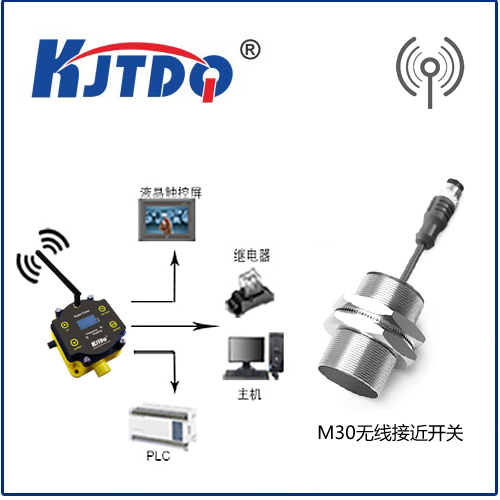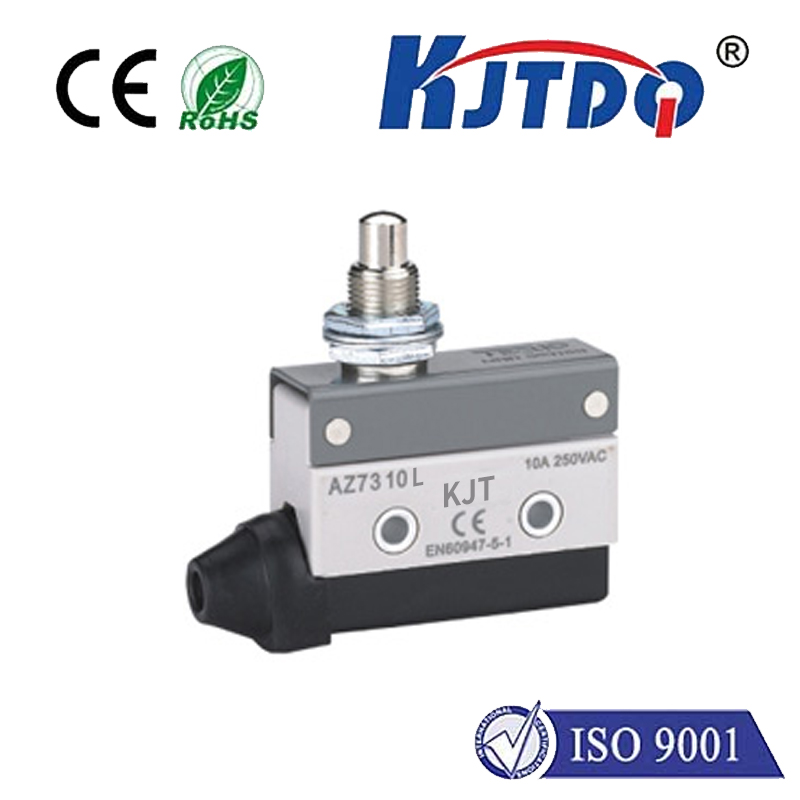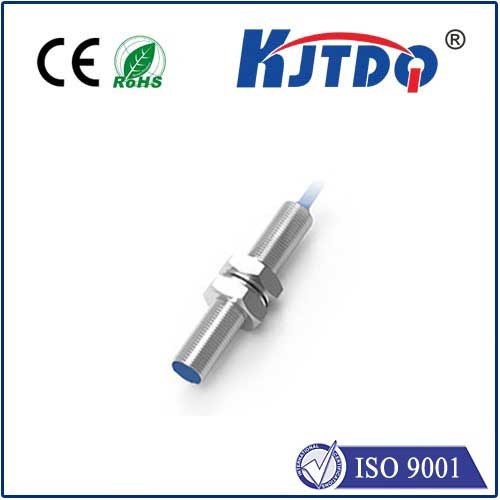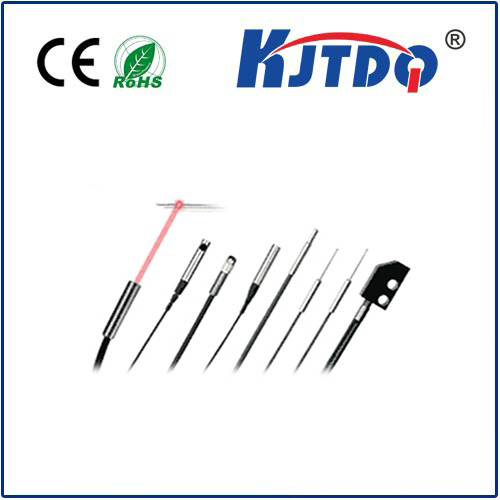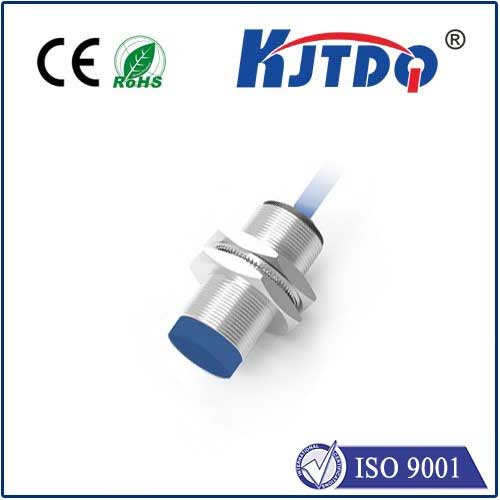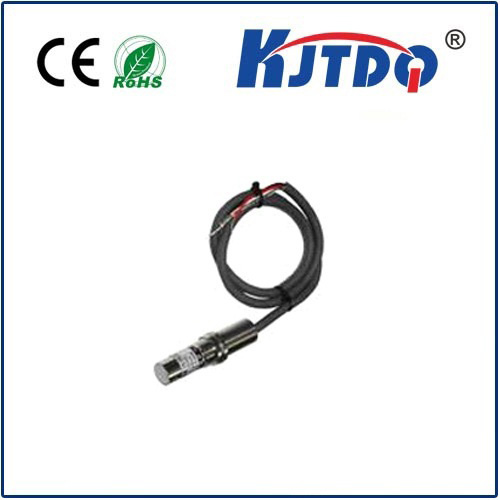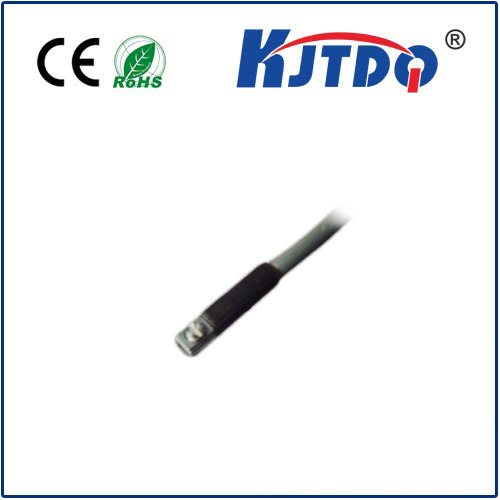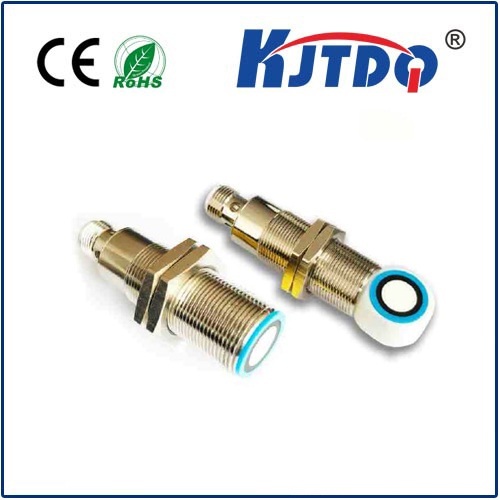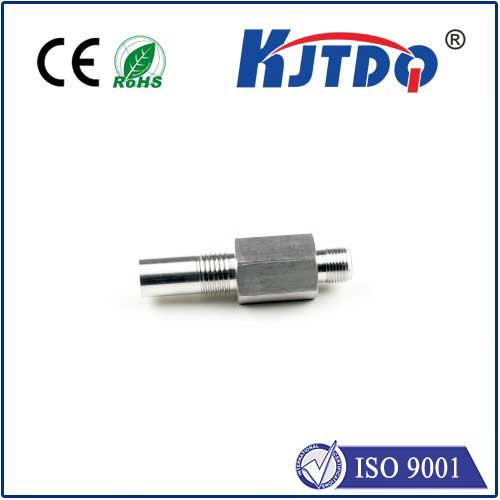proximity sensor for non metal
- time:2025-07-17 08:04:54
- Click:0
Beyond Metal: The Expanding World of Non-Metal Proximity Sensors
Ever tried to automate a task involving plastic containers, cardboard boxes, wood panels, or even liquid levels, only to find your standard proximity sensor completely ignores them? You’re not alone. Traditional inductive proximity sensors, the workhorses of industrial automation for decades, have a fundamental limitation: they primarily detect ferrous and non-ferrous metals. This leaves a vast array of materials – essential in countless modern applications – seemingly invisible to conventional sensing. This is where the critical niche of non-metal proximity sensors steps in, unlocking automation possibilities far beyond the realm of metal detection.
The challenge with non-metals lies in their physical properties. Inductive sensors rely on electromagnetic fields inducing eddy currents in conductive targets (like metal). Non-metallic materials lack this conductivity, rendering standard inductive sensors ineffective. To reliably detect plastics, glass, wood, paper, liquids, powders, and even biological substances, different sensing principles are required. Fortunately, several robust technologies fill this gap, each with its own strengths.
Capacitive Proximity Sensors: The Frontline Solution
The most commonly employed solution for non-metal detection is the capacitive proximity sensor. Operating on a principle distinct from inductive models, capacitive sensors function by creating an electrostatic field between their sensing face and an internal reference element (often ground). When any object enters this field, it alters the sensor’s capacitance – essentially its ability to store an electrical charge.
Here’s the key: All materials, regardless of metal content, possess a dielectric constant. This property determines how much they disturb the electrostatic field. Metals have a very high dielectric constant, causing a significant change. But crucially, non-metals also have measurable dielectric constants – water is very high, plastics and wood are moderate, paper and cardboard are lower but still detectable. By precisely measuring the change in capacitance caused by the target’s dielectric constant, capacitive sensors reliably detect the presence or absence of non-metallic objects.
Key Advantages of Capacitive Sensors for Non-Metals:
- Material Agnosticism: Detects virtually any solid or liquid material (plastic, wood, glass, paper, grain, oil, water, adhesive layers, etc.) based on its dielectric properties.
- Through-Wall Sensing: Often capable of detecting targets through thin layers of non-metallic container walls (plastic, glass, cardboard), enabling non-contact level detection in tanks or bottles.
- Robustness: Generally offer good resistance to dust, moisture, and common chemicals found in industrial environments.
- Cost-Effectiveness: Provide a versatile and relatively economical solution for diverse non-metal detection tasks.
Where Non-Metal Proximity Sensors Shine (Applications):
The ability to detect non-metals opens doors across numerous sectors:
- Packaging & Logistics: Detecting cardboard boxes, plastic bottles, shrink wrap presence, stacked paper products, pallet position.
- Food & Beverage: Monitoring fill levels in plastic/glass containers (juice, sauces), detecting caps on bottles, sensing presence of food items (fruit, baked goods) on conveyors, controlling adhesive application on labels/cartons.
- Woodworking & Furniture: Sensing wood panels, detecting glue beads, verifying dowel insertion, controlling lacquer application.
- Pharmaceutical & Chemical: Liquid level sensing in plastic tanks or pipes, detecting vials/syringes, monitoring powder levels in hoppers, confirming presence of plastic caps or seals.
- Printing & Paper: Detecting paper jams, verifying sheet count, sensing roll diameter (paper, plastic film), controlling ink/glue deposition.
- General Assembly: Confirming the presence of plastic components, rubber gaskets, labels, or composite parts before further processing or packaging.
Implementation Considerations for Success
While versatile, deploying capacitive sensors for non-metals requires thoughtful setup:
- Target Material Dielectric Constant: Materials with higher dielectric constants (like water >80, PVC ~3-4) are generally easier to detect at longer ranges than low-dielectric materials (PTFE ~2, paper ~2-4, wood ~2-6 dry). Know your target’s properties.
- Sensing Distance: Rated sensing distances are typically less than inductive sensors and are significantly influenced by the target size and material. Always refer to the sensor’s specifications based on your specific target material.
- Calibration (Sensitivity Adjustment): Most capacitive sensors feature a sensitivity potentiometer. Crucially, they must be calibrated in the final operating environment with the actual target material present. This adjusts the threshold to reliably detect the target while ignoring the background container or mounting structure.
- Environmental Factors: Excessive dust, moisture films, or conductive contaminants can potentially influence readings or cause false triggers. Choose sensors with appropriate IP ratings and consider environmental shielding if needed.
- Mounting: Ensure the sensor is mounted securely and consistently relative to the target path. Vibration or misalignment can affect reliability. Avoid mounting flush in metal brackets unless the sensor explicitly allows it (flush-mount models exist).
Beyond Capacitive: Other Sensing Options
While capacitive is predominant, other technologies address specific non-metal detection challenges:
- Ultrasonic Sensors: Use sound waves to measure distance to the target surface, making them excellent for precise level detection of liquids (even foamy) or solids (pellets, powders) in tanks, regardless of material color or transparency. Also used for presence detection. Effective through air gaps but challenged by sound-absorbing materials.
- Optical Sensors (Photoelectric): Detect presence based on light transmission (through-beam), reflection (retro-reflective), or diffuse reflection (proximity mode). Highly effective for transparent materials (glass, clear plastic films), colored objects, and can differentiate based on contrast. Performance can be affected by dirt, target color/reflectivity, and ambient light.
Choosing the Right Tool: Capacitive vs. Optical vs. Ultrasonic
- Capacitive: Best for general presence/absence of most solid non-metals and liquids, especially through thin walls. Tolerant of surface contamination.
- Optical: Best for longer ranges, small objects, detecting transparent materials, or where color/contrast matters. Needs a relatively clean environment.
- Ultrasonic: Best for precise distance/level measurement of liquids, powders, or irregular solid surfaces, largely immune to material properties affecting light or capacitance. Can struggle with sound-absorbing surfaces.
The Future is Non-Metallic
As industries increasingly utilize plastics, composites, biodegradable materials, and handle diverse organic products, the demand for reliable non-metal detection is surging. Advancements in capacitive, ultrasonic, and optical sensing technologies continue to enhance sensitivity, range, and resistance to environmental challenges. Smart sensors with IO-Link communication offer simplified calibration, remote diagnostics, and parameter adjustments, further boosting integration into modern IIoT (Industrial Internet of Things) frameworks.
Mastering the detection of non-metals is no longer an edge case; it’s a fundamental requirement for agility and efficiency in contemporary manufacturing and process automation. Selecting the right proximity sensor technology – most often capacitive for its robustness and versatility – empowers engineers and technicians to automate processes involving the vast world of materials beyond metal, driving productivity and innovation forward.





